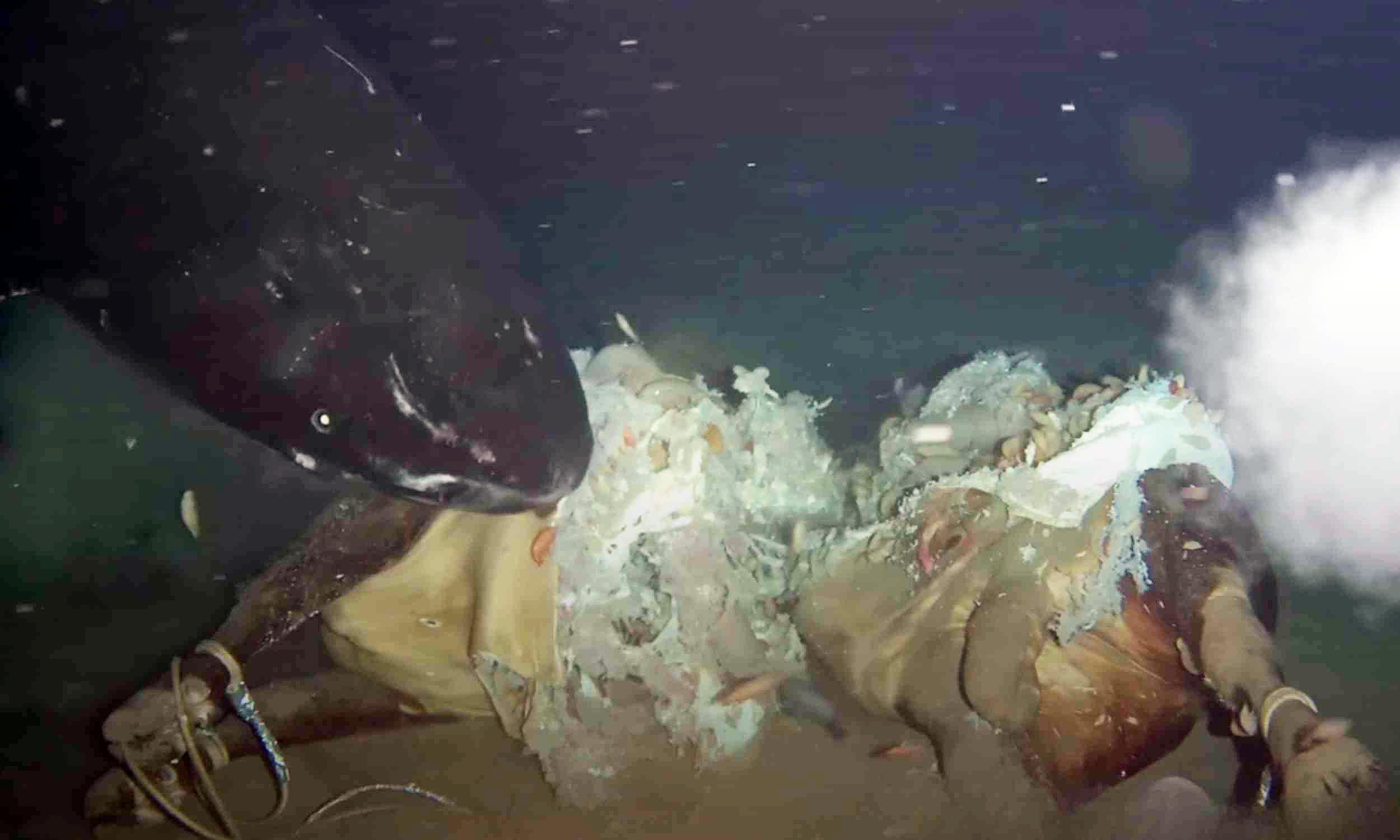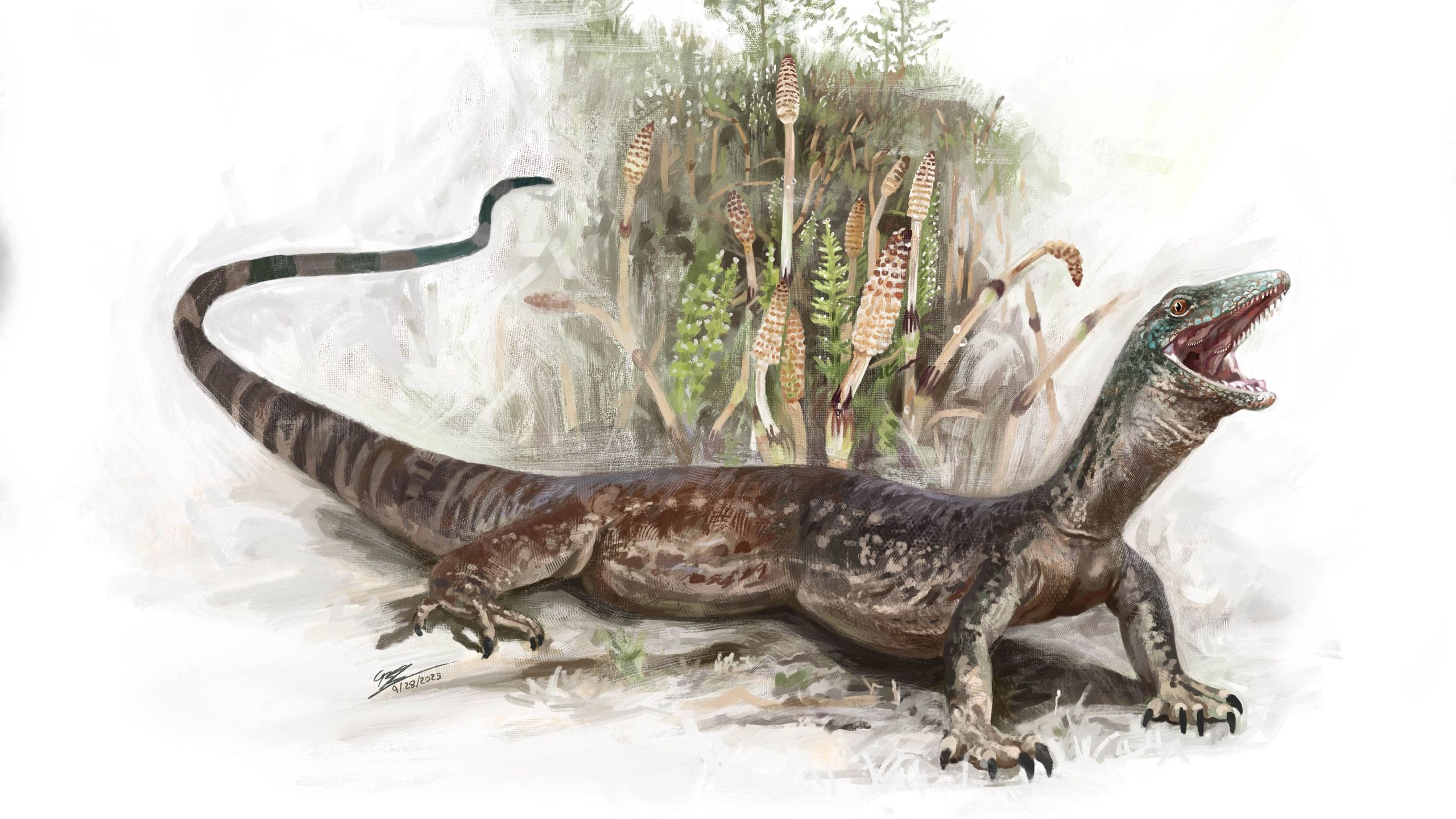Sharks Feast on Cow Carcass: A Deep-Sea Dinner Like No Other!

Did you know that a cow can become a gourmet meal for sharks deep beneath the ocean's surface? That's exactly what happened when researchers dropped a cow carcass into the South China Sea, attracting eight elusive Pacific sleeper sharks for an unforgettable dinner party!
This incredible event unfolded at a staggering depth of 5,344 feet (1,629 meters) near Hainan Island, offering rare insights into the feeding behavior of these mysterious creatures. Pacific sleeper sharks are notoriously difficult to study, spending most of their lives in the cold, dark waters of the North Pacific, ranging from Japan and Alaska all the way to Baja California and a few tropical spots. Their elusive nature makes every observation a significant breakthrough in marine biology.
But why on earth would scientists drop a cow into the ocean? It's all part of a fascinating research technique known as a whale fall simulation. When a whale dies and sinks to the ocean floor, it becomes a temporary buffet for various deep-sea scavengers. Researchers mimicked this event with a carefully placed cow carcass, equipped with cameras to document who shows up for the feast and how energy flows through the deep-sea ecosystem.
These carcasses create a cascade of life, beginning with scavengers that zip in for a quick meal, followed by opportunists that hang around until the leftovers are gone, and eventually, a slow decomposition process that nourishes microbes and deep-sea worms for years to come. The excitement isn't about the type of carcass but the sudden influx of organic matter that draws in hungry creatures from all over.
The study, led by Han Tian from Sun Yat-sen University and partnered with the Institute of Acoustics at the Chinese Academy of Sciences, documented something extraordinary: the first recorded presence of Pacific sleeper sharks in the South China Sea. This expands their known habitat into a region long thought to be outside their usual range.
During this deep-sea dinner, the sharks exhibited intriguing feeding behaviors. Larger individuals measuring over 2.7 meters (8.9 feet) charged at the carcass, while the smaller ones took a more cautious approach. They even lined up in a rough hierarchy, suggesting that the competition for food and feeding priority is a social strategy among these sharks, even in the deep waters of the ocean.
This footage revealed social interactions that challenge our understanding of shark behavior. For instance, one shark had a scar on its fin, hinting at a dynamic social structure where individuals negotiate their feeding positions with a mix of aggression and restraint. This behavior isn't unique to sleeper sharks; other species like oceanic whitetips and tiger sharks also exhibit similar social feeding patterns.
Another fascinating aspect captured by the cameras was the eye retraction motion during feeding. Unlike many sharks that have a nictitating membrane to protect their eyes, sleeper sharks rely on retracting their eyes as a defense mechanism when feeding. The footage also showed suspended particles exiting the sharks' spiracles, which are small openings behind their eyes, suggesting that these structures play a crucial role in helping them breathe while eating.
However, the sleeper sharks aren't just battling for food; they also face challenges from parasites. Many of the observed sharks were infested with copepods, tiny crustaceans that cling to their skin, particularly around their eyes. Research has shown that these parasites can lead to scarring on the corneas, making their non-visual senses even more critical for survival in the pitch-black depths of the ocean.
As the research team continued to document the feeding frenzy, a diverse range of other creatures, including snailfish and giant isopods, appeared, showcasing the vibrant community that gathers around such a significant food source. The ecosystem dynamics around a carcass change constantly, revealing the intricate web of life that thrives in the deep sea.
The take-home message from this remarkable observation? The rapid arrival of large scavengers highlights a responsive network in the deep ocean, emphasizing how carcasses not only support immediate scavengers but also fuel a long-term microbial afterlife that sustains various deep-sea life forms for years. These findings not only fill in gaps regarding the habitat and social structure of Pacific sleeper sharks but also underscore the importance of well-designed research to map out the hidden behaviors of these elusive creatures. The study has been published in Ocean-Land-Atmosphere Research.


















